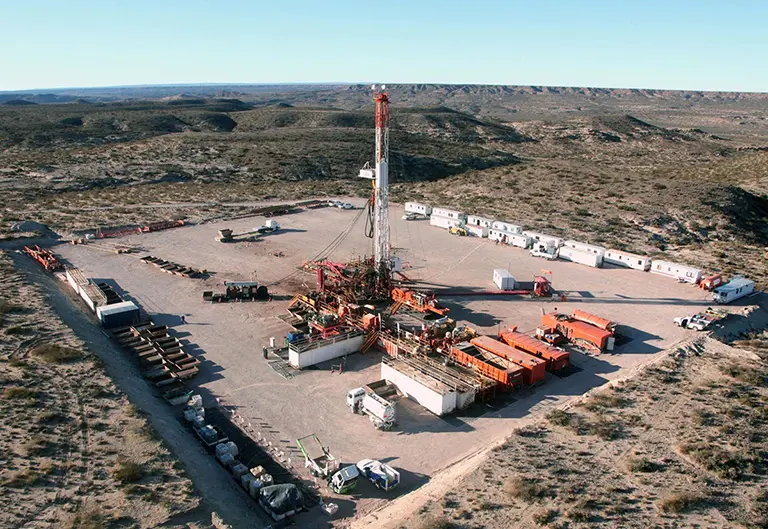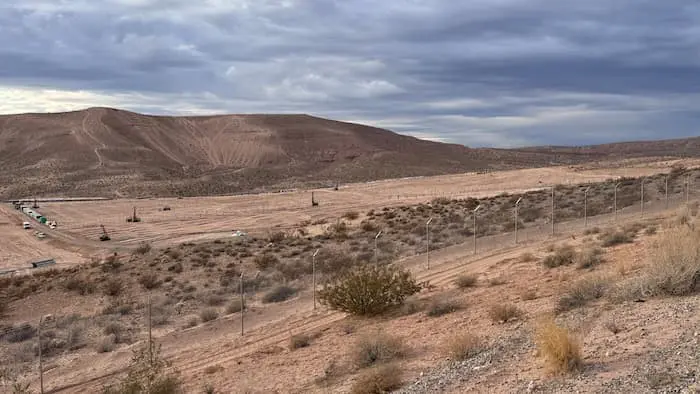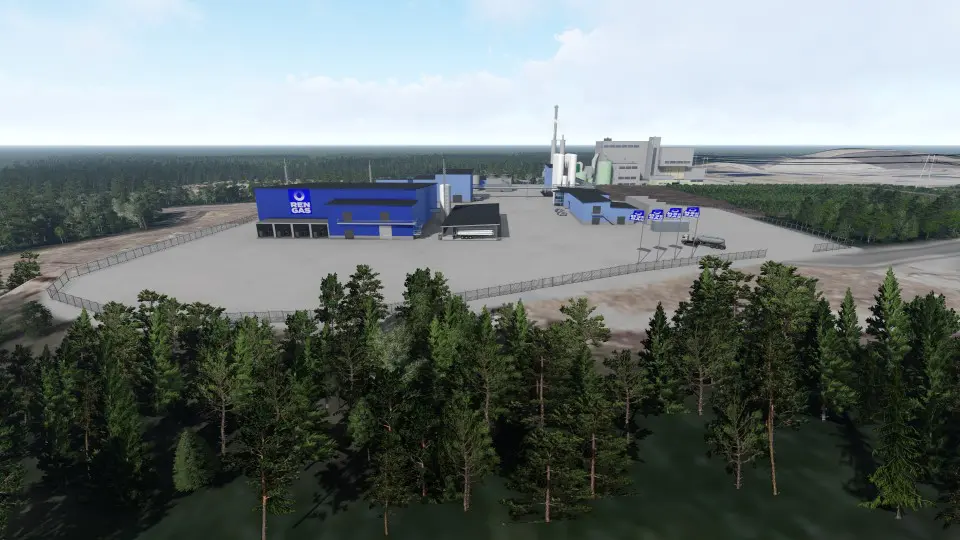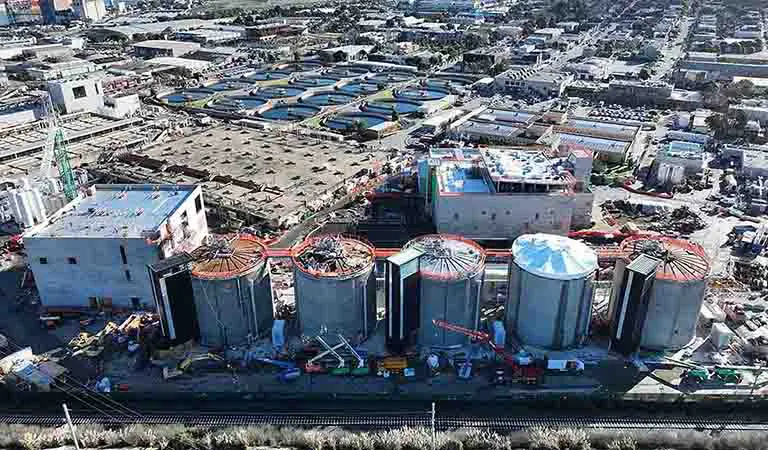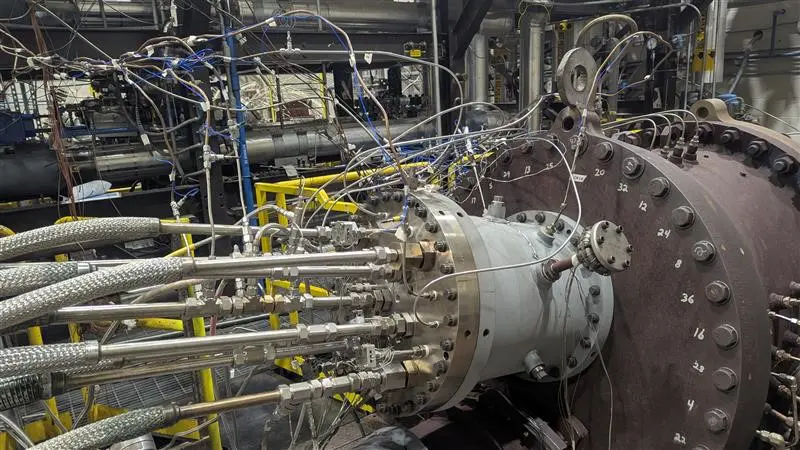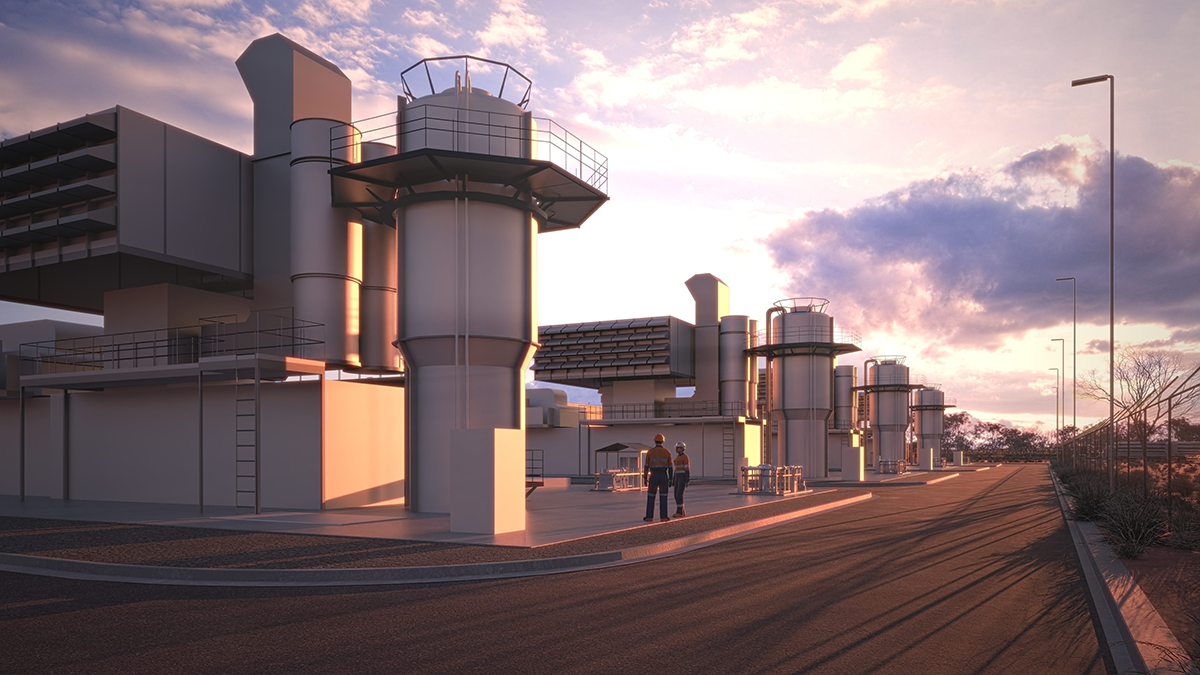
Government And Private Sector Come Together For Hydrogen Infrastructure
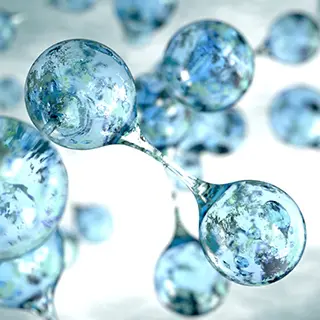
The demand for clean hydrogen is projected to increase significantly as nations strive to reach their 2050 emissions goals. Current hydrogen demand is largely supplied by fossil fuel-based steam methane reforming. Most hydrogen consumed today is grey hydrogen (approximately 90 MTPA). However, demand for grey hydrogen is projected to decline as demand for clean hydrogen continues to rise and associated costs become more competitive.
Findings by McKinsey & Company show that by 2050, clean hydrogen demand could account for 125 to 585 MTPA of total hydrogen demand, with less than 50 MTPA of demand being met by grey hydrogen.
After 2025, nearly all new hydrogen production coming online is expected to be clean hydrogen. Until 2030, clean hydrogen uptake is projected to be driven by existing applications switching from grey to blue and green hydrogen, but between 2030 and 2040 the increase of hydrogen in new applications without existing demand is expected to drive the increase in clean hydrogen demand, according to a January 2024 report from McKinsey & Company.
After 2040, private and public sector commitments are projected to drive the uptake of clean hydrogen and hydrogen-based fuels in emerging applications. Applications with existing demand will account for most clean hydrogen demand throughout the 2020s, potentially driving the increase in clean hydrogen’s share of total hydrogen demand from less than 1% today to around 30% by 2030.
The decarbonization agendas of governments and companies are expected to drive hydrogen development. It’ll take both working together to make meaningful progress. The good news is that governments and companies are stepping up to the plate.
In January, Enbridge unveiled a hydrogen study with funding from the British Columbia Ministry of Energy, Mines and Low-Carbon Innovation and partnership from FortisBC Energy that will examine how hydrogen can be delivered using the Canadian province’s existing gas pipeline infrastructure.
This hydrogen blending study will look at the percentage of hydrogen that can be safely transported through gas pipeline infrastructure, such as Enbridge’s Westcoast natural gas transmission system, as well as FortisBC’s gas transmission and distribution systems, to reduce greenhouse gas emissions and help develop a low-carbon energy economy.
Elsewhere, the Australian government earmarked US$1.4 billion to scale up development of its renewable hydrogen industry. Announced last summer, funds will be allocated under a “Hydrogen Headstart” program that provides revenue support for large-scale renewable hydrogen projects through competitive hydrogen production contracts. In January, the Australian Government announced that it will invest US$70 million to develop the Bell Bay hydrogen hub in Northern Tasmania, laying the groundwork for Australia’s future as a renewable energy superpower. Expected to come online in 2028, the hub will produce 49,600 tons (45,000 tonnes) of renewable hydrogen per year. January’s funding announcement follows investments from the Commonwealth and Tasmanian Government. Government support for the project totals more than US$300 million as of press time.
In the United States, seven regional clean hydrogen hubs were selected to receive US$7 billion in Bipartisan Infrastructure Law funding to accelerate the domestic market for low-cost, clean hydrogen.
The list goes on.
Ultimately, it will take concerted efforts between governments and the private sector to ensure the required infrastructure is in place to meet hydrogen demand at the pace necessary to meet decarbonization commitments and with an attractive business case.

